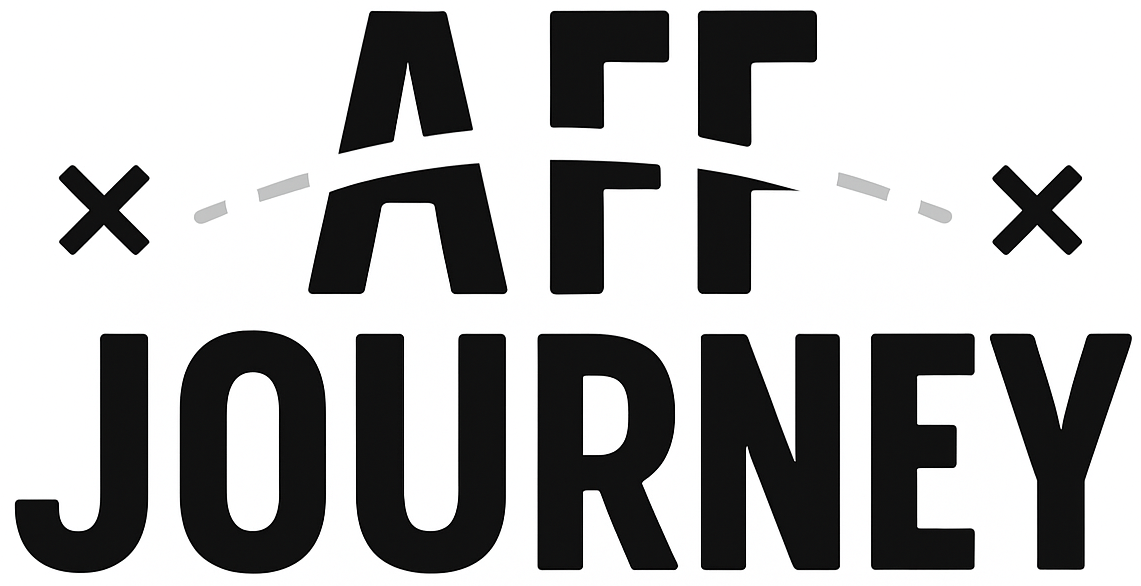© 2025 AffordableJourney. Built with care by our team. All rights reserved.
Learning Flamenco in Seville Was Harder (and More Beautiful) Than I Expected
By Kaitlyn Fraser
Missteps, music, and the magic of expressing emotion through dance.
My Dream of Flamenco—and the Reality That Greeted Me
Seville had long lived in my imagination as the birthplace of flamenco—the stomping heels, the flowing dresses, the aching guitar chords echoing through narrow alleys. I’d seen flamenco on stages in New York and Madrid, but I wanted to learn it from the source. Not to perform it. Not to perfect it. But to feel it.
What I didn’t expect was just how humbling that process would be.
I signed up for a weeklong beginner class at a neighborhood studio in Triana, a district known for its flamenco roots. On my first day, I arrived early, nervous and overdressed, clutching my notebook like it was a lifeline.
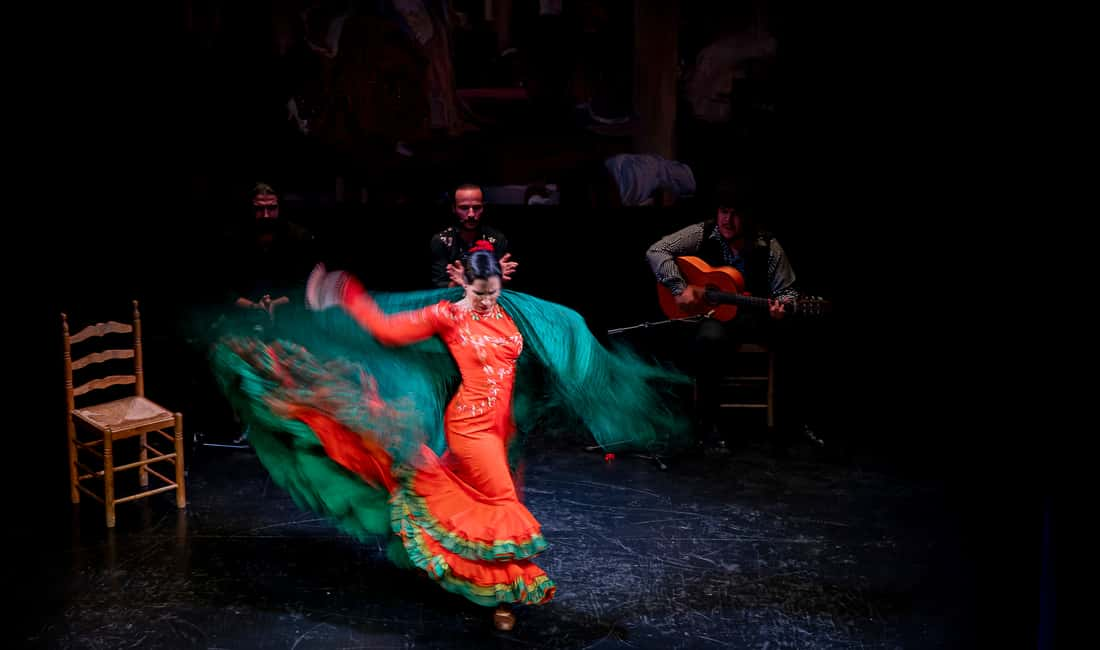
The Language of Feet and Fingers
The class was taught by Lucía—a fierce, elegant woman who seemed to command the air around her. She didn’t coddle. From the start, she barked instructions in Spanish, clapped rhythms with sharp precision, and expected us to keep up.
Our first lesson wasn’t steps. It was posture. Lucía walked down the line of students, adjusting our spines, lifting our chins, shifting our weight. “Más fuerte,” she said to me. Stronger.
Then came the palmas—the hand claps that form flamenco’s percussive heartbeat. My hands stung within minutes, my timing terrible. Next, the feet: stamps, taps, and spins that had to hit exact beats, like a drumline made of bones and boots.
I was sweating within ten minutes. I messed up every sequence. But somehow, I smiled the whole time.
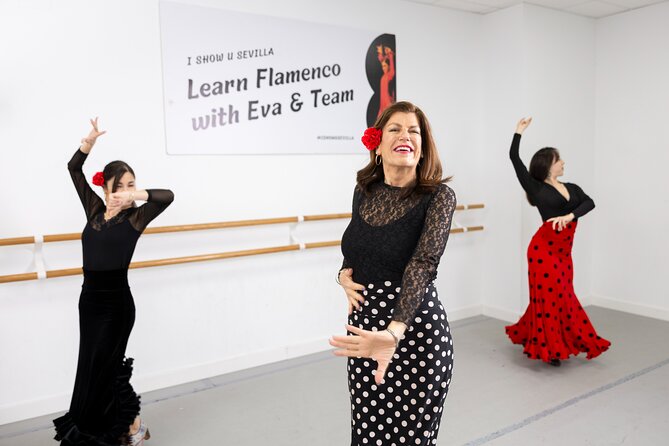
The Emotions Behind the Movements
On day three, we were introduced to the concept of “duende”—the soul, the emotional intensity, the feeling behind the form. Flamenco wasn’t just steps. It was grief. Pride. Longing. Lucía played a mournful guitar recording and asked us to move—not perfectly, but honestly.
I froze at first. Then I closed my eyes and let the music in. I thought of things I’d lost. Of my grandmother’s hands. Of the loneliness of travel. And somehow, my body moved.
When I opened my eyes, Lucía gave a subtle nod. It wasn’t praise. It was recognition.
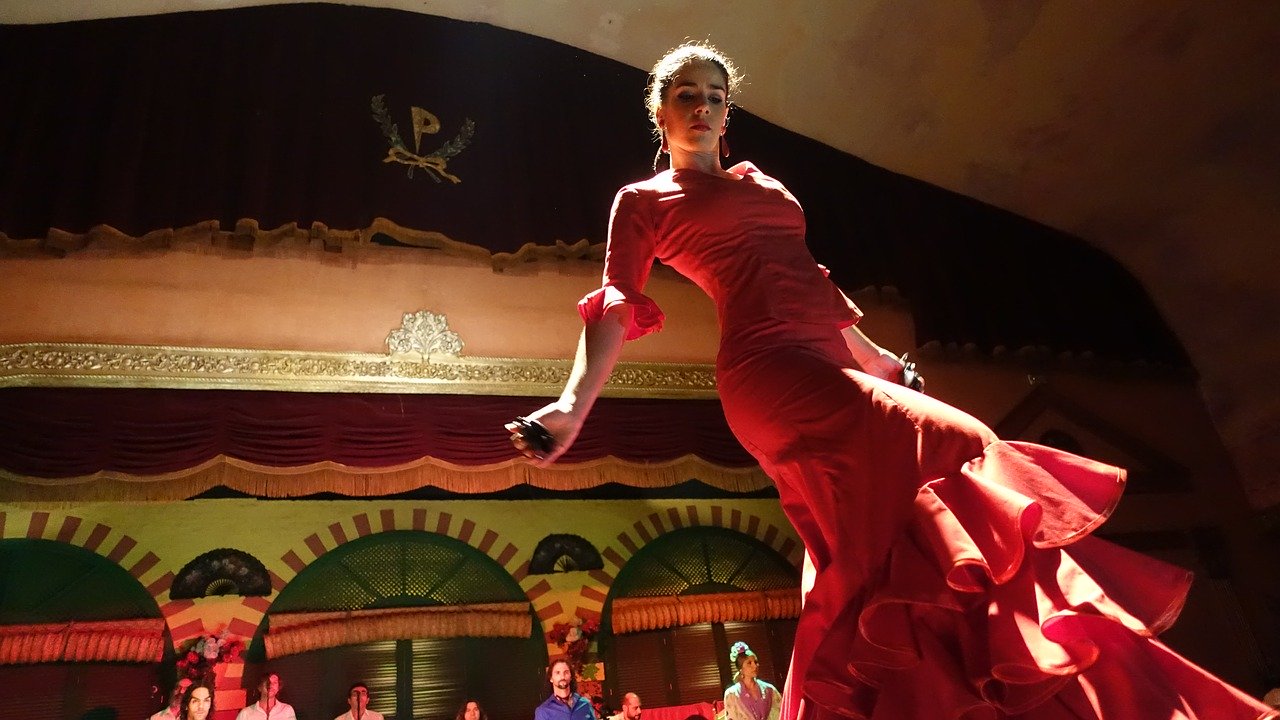
The Night I Almost Quit
Thursday night, I considered not going back. My muscles ached. I couldn’t remember the choreography. Everyone else seemed more graceful.
But something pulled me back. Maybe it was the music. Or the way the studio smelled of sweat and wood. Or maybe it was Lucía’s command—equal parts challenge and invitation.
That day, we practiced with shawls. Mine tangled immediately. I laughed. So did the girl next to me. We locked eyes and grinned through the chaos. It was the first time I didn’t feel like an outsider.
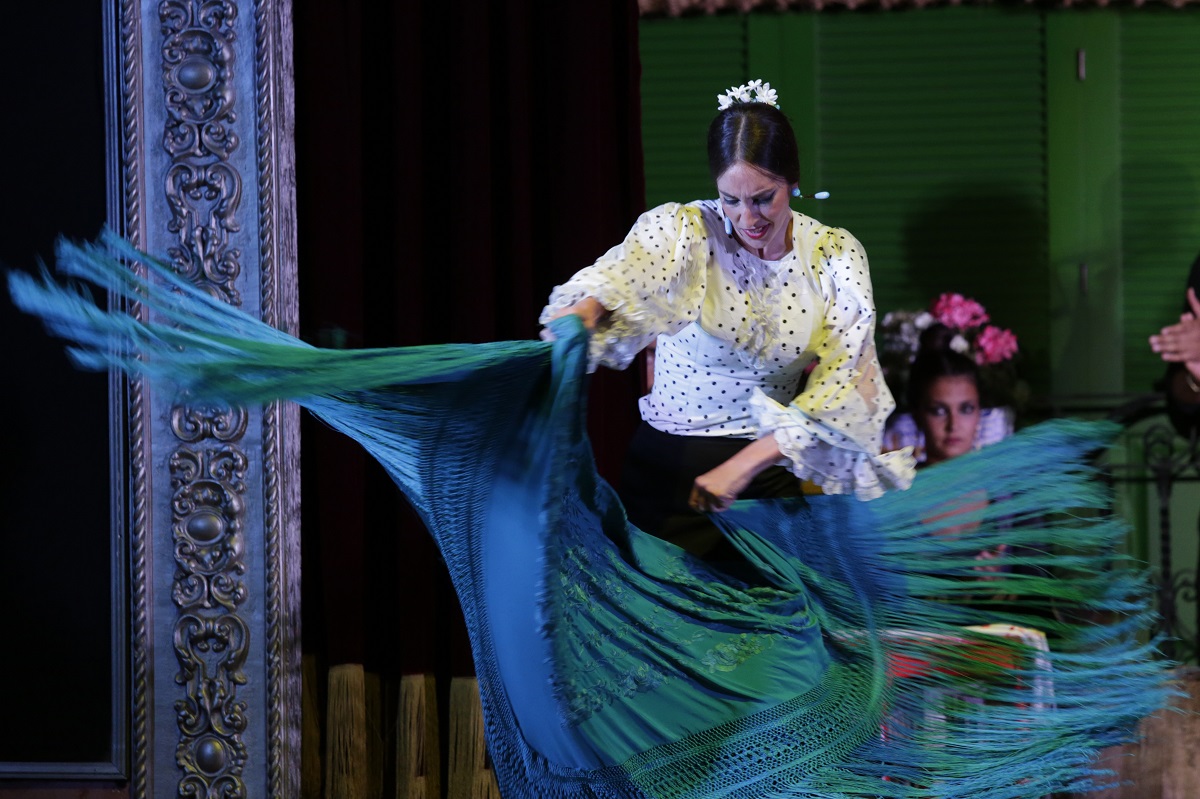
Dancing Into the Night
On the final evening, we were invited to a tablao—a flamenco bar tucked down a quiet street. Lucía’s friend performed: a barefoot dancer with wild hair and a stare like fire. She moved like the music was inside her bones.
That night, I danced too. Not on stage—but outside, in the courtyard, with the other students. We clapped and turned and let ourselves be messy and alive. Something shifted in me. I stopped trying to be good. I just let it be.

What Flamenco Gave Me
I left Seville sore, sun-kissed, and filled to the brim. Flamenco didn’t make me a better dancer—but it made me braver.
It taught me:
To stay present in discomfort.
To listen to rhythm with my whole body.
To express what words can’t.
To honor my own emotional truth.
Lucía had said on the last day, “Flamenco is not about steps. It’s about presence.” I carry those words with me now, in airports, in heartbreaks, in spontaneous sidewalk spins.

The Beauty of Being Bad First
Learning flamenco was harder than I expected. I was clumsy, offbeat, too analytical. But it was also more beautiful than I ever imagined.
Because in the space between steps, I found something more meaningful than mastery—I found the courage to feel deeply and show it.
So if you find yourself in Seville, and you hear the stomp of a heel or the cry of a guitar, follow it. Don’t just watch. Try. Even if you fail. Especially if you fail. Because sometimes, that’s where the magic begins.
Ever taken a dance class abroad that taught you more than movement? Tag @AffordableJourney with #FlamencoFeels and share your story.




